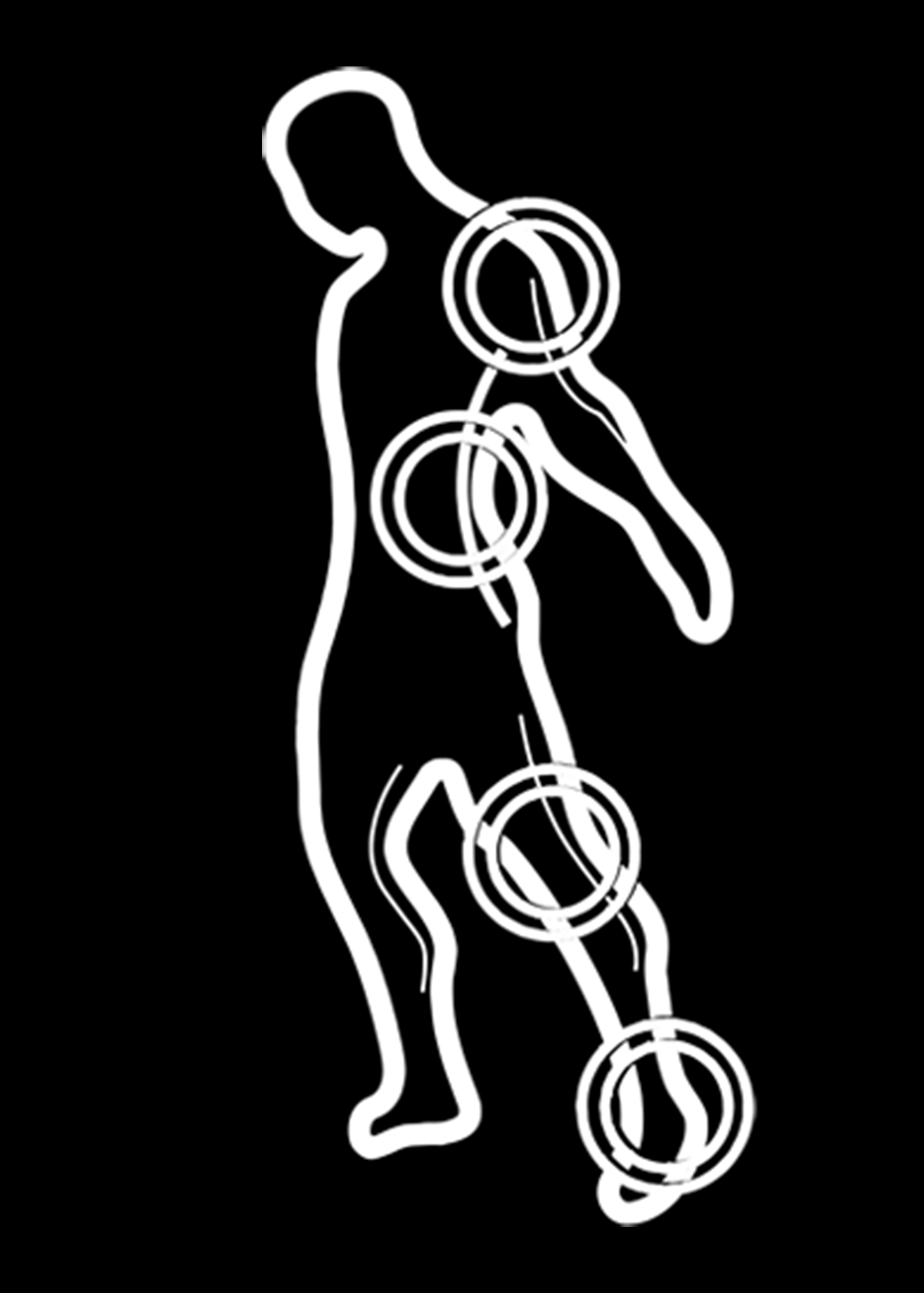If I were to create a drinking game based off the amount of times you hear the word "glutes" in any rehabilitation setting, the game would be an instant classic. Replacing "core" as the buzzword in the physical therapy world, they are the powerful standing muscles, hip movers and lumbar synergists that seem to do it all. You have bad knees, strengthen the glutes. Gait is off, we need to work on glut contraction. Pain anywhere in the body, let's fire up them glutes. Research has strongly shown the correlation between knee stability and glut firing (google the work of Chis Powers). Most gait analysts can point out the compensatory movements of the lumbopelvic region with weak and unused glutes.
I would like to put forth another use for the glutes: a spinal rotator. In open chain, Glut max will extend and externally rotate the hip. In closed chain, based off the attachment to the sacrum (and therefore the spine), especially with single leg weightbearing, I propose we can use the gluteus maximus as a spinal contralateral rotator. I believe this is important in how we treat acute injuries. When a patient has a reactive paraspinal group of muscles, asking a patient to perform rotation spinal movements to derotate the spine to neutral might be asking too much. By using the glute to assist in that rotation, we are not just pulling the spine into neutral, we are inhibiting the so called "spasm" (as most doctors like to put it - i prefer hypertonic muscle group) of the paraspinals which assists the patient out of the acute stage and on its way back to lumbar health.
Conventional wisdom says that glut activation causes parapspinal neuromuscular inhibition from its overactive state and decreases strain on the back. Is it because both muscle groups are synergists that extend the body and that making sure they both do their jobs equally, keep each other from doing too much and away from "spasm"? Or does uniltaeral glut activation rotate the spine back to neutral which decreases the misalignment of the spine which would be another cause for spasm. Anyway you put it, the glutes are in style and are here to stay.
Give it a try:
Have unilateral muscle spasm/hypertonicity/bulkiness in the paraspinals? In single leg stance on the same leg, perform a max glut contraction while palpating the affected paraspinals and feel if it starts to calm down as well as any spinal rotation
Note: Comments and feedback are welcome as this is mainly based off of biomechanical theory and self anecdotal evidence.
Second note: If you performed the drinking game for every time I wrote glutes in this article, I imagine many physical therapists will be calling in sick tomorrow. Enjoy!
